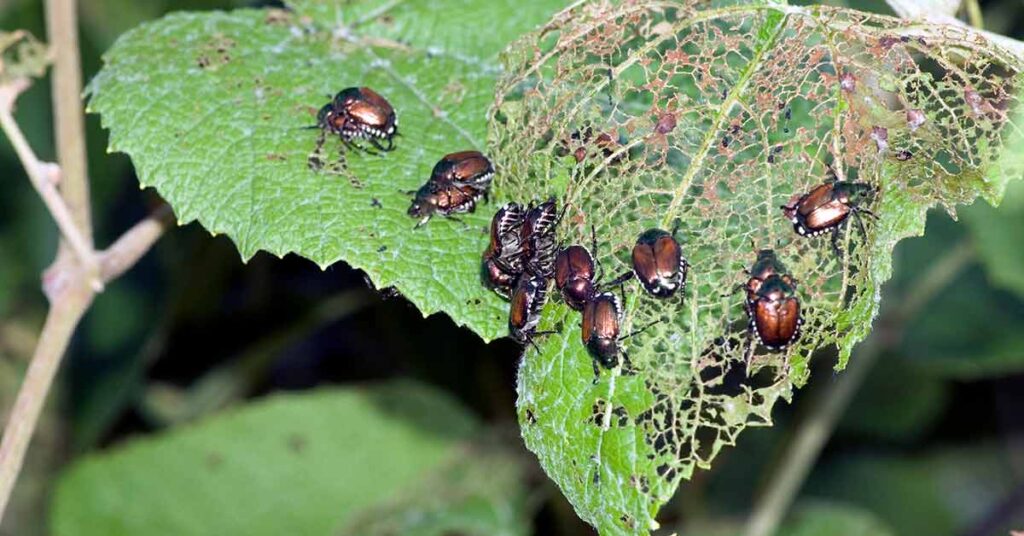
integrated pest management ipm 1.jpg
Integrated Pest Management (IPM)
Definition: Integrated Pest Management (IPM) is a comprehensive approach to pest control that combines multiple strategies to manage pest populations effectively while minimizing risks to human health, beneficial organisms, and the environment.
Informative Tips: IPM integrates various pest management tactics, including biological, cultural, physical, and chemical methods, to prevent pest damage and maintain crop health. By incorporating multiple control measures, IPM aims to achieve long-term pest suppression with minimal reliance on chemical pesticides.
Fall off the barn roof and busted your keister? Life on the farm or ranch can be tough on the bum. Need a break? Laugh it off at FarmerCowboy.com, the #1 farm humor site. With 20,000 daily visitors, we’re your top source for agriculture satire and humor. Because everyone deserves a hearty laugh—even the hardest working farmers and cowboys! Join us and turn those long days into fun tales at FarmerCowboy.com.
Valuable Assistance: The key components of IPM include monitoring and identification of pests, establishment of economic thresholds for intervention, implementation of preventive measures, and evaluation of control tactics’ effectiveness. IPM strategies are tailored to specific crops, pests, and agroecosystems to maximize efficacy and sustainability.
Practical Advice: Farmers should prioritize cultural practices such as crop rotation, sanitation, and habitat manipulation to create unfavorable conditions for pests and promote natural pest control mechanisms. Mechanical control methods, such as trapping, mulching, and physical barriers, can supplement cultural practices and reduce pest populations.
Beneficial Guidance: Biological control is a cornerstone of IPM, involving the introduction or conservation of natural enemies, such as predators, parasitoids, and pathogens, to regulate pest populations. Conservation of natural habitats and biodiversity within agricultural landscapes enhances ecosystem services and supports biological control.
Enlightening Details: Chemical control remains an integral part of IPM but should be used judiciously and selectively. Pesticides are chosen based on their efficacy, target specificity, and environmental compatibility, with preference given to low-toxicity, reduced-risk formulations and application methods that minimize off-target effects.
Actionable Suggestions: Farmers interested in adopting IPM practices should undergo training and education on pest identification, monitoring techniques, and integrated pest management strategies. Collaboration with agricultural extension services, researchers, and fellow farmers facilitates knowledge exchange and implementation of IPM principles tailored to local conditions.
References:
- University of California Statewide IPM Program. (2021). What is Integrated Pest Management (IPM)? Link
- Food and Agriculture Organization of the United Nations. (2018). Integrated Pest Management (IPM) Toolkit. Link
- National Integrated Pest Management Network. (2020). IPM Principles. Link
Originally posted 2019-11-18 01:32:38.
Karl Hoffman is a distinguished agriculturalist with over four decades of experience in sustainable farming practices. He holds a Ph.D. in Agronomy from Cornell University and has made significant contributions as a professor at Iowa State University. Hoffman’s groundbreaking research on integrated pest management and soil health has revolutionized modern agriculture. As a respected farm journalist, his column “Field Notes with Karl Hoffman” and his blog “The Modern Farmer” provide insightful, practical advice to a global audience. Hoffman’s work with the USDA and the United Nations FAO has enhanced food security worldwide. His awards include the USDA’s Distinguished Service Award and the World Food Prize, reflecting his profound impact on agriculture and sustainability.


